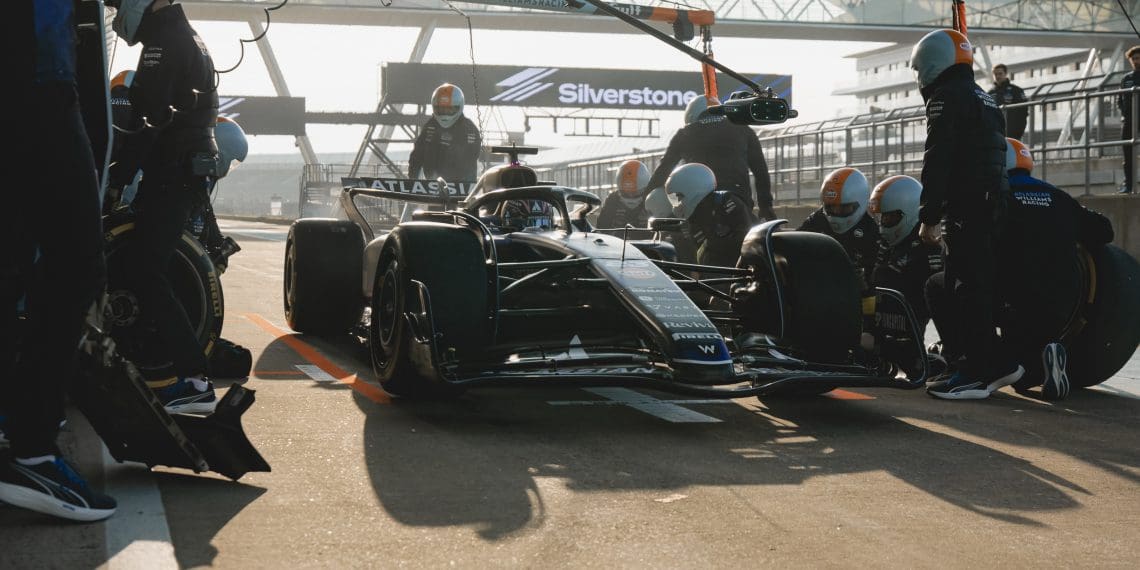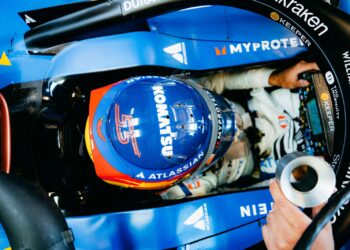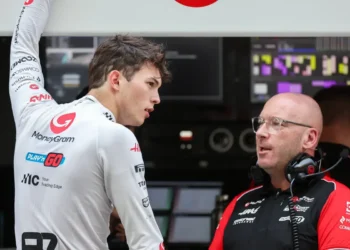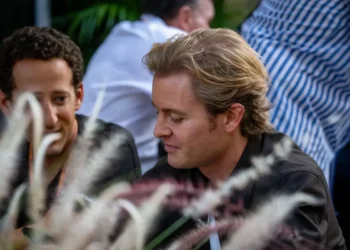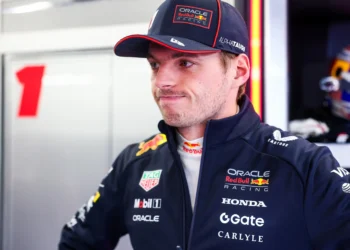James Vowles is playing chess while the rest of the Formula 1 grid plays checkers. While many teams focus on incremental 2025 gains, the Williams boss is setting his sights on something far bigger—long-term dominance. His message? This year’s improvements are just a bonus. The real prize is still to come.
Williams’ Transformation: A Blueprint for Future Championship Success
For decades, Williams was a titan of Formula 1. But years of decline turned the once-dominant force into an afterthought. Enter James Vowles, the man tasked with restoring the team’s former glory.
Vowles, who took over as Team Principal in 2023, isn’t just thinking about the next race or even the next season. His mission is crystal clear:
- Invest in cutting-edge technology
- Expand the workforce
- Build a championship-caliber infrastructure
And most importantly? Lay the foundation for sustained success.
While some might expect immediate results from the team’s heavy investments, Vowles insists that short-term progress is secondary to Williams’ long-term ambitions.
“Winning Championships, Not Just Races” – Vowles on Williams’ Master Plan
Williams has already expanded its workforce from 700 to over 1,000 employees in the last two years, made crucial updates to its production processes, and secured two talented drivers in Carlos Sainz and Alex Albon on long-term deals.
But for Vowles, the real breakthrough won’t come overnight.
“Everyone is aligned, that includes Carlos and Alex, that we want to be winning championships,” Vowles stated.
“And to do that, you can’t keep just getting a little bit towards now because it looks better.”
The team is building a new headquarters, installing a state-of-the-art driver-in-the-loop simulator, and bringing in top-tier personnel like former McLaren simulator guru Oliver Turvey.
But here’s the catch: some of these improvements won’t fully materialize until 2027.
“There are bits we’re doing today that won’t come online until 2027. That’s unfortunate, but that’s a part of it.”
In other words? Williams isn’t looking to just score a few podiums in 2025—they’re aiming for sustained championship dominance by the end of the decade.
Williams vs. Sauber: The Difference Between Rebuilding and Stagnation
Vowles’ long-term vision raises an important question—how do you balance future planning with present performance?
Sauber, soon to become Audi’s official F1 team in 2026, has been heavily criticized for seemingly putting everything on hold in anticipation of the new regulations. Their progress has stalled, and their performance has taken a hit.
Vowles is making sure that doesn’t happen to Williams.
“You look multiple years forward and invest multiple years, you don’t hold back,” he explained.
“What I can demonstrate is very clear progress that is taking place in infrastructure, culture, and technology. That’s kicking in.”
Unlike Sauber, which appears to be frozen in transition, Williams is pushing forward on all fronts—developing the 2025 car while simultaneously setting up game-changing investments for the future.
Can Williams Deliver Results in 2025?
Despite focusing on the bigger picture, Vowles isn’t ignoring the present.
“I go to the weekend, every weekend, as do the drivers, wanting to score every point we can,” he said.
While the 2025 Williams car is expected to be more competitive, the real expectation is gradual progress. Each season will bring measurable improvements, leading up to the regulation reset in 2026, where Williams plans to strike.
The pieces are in place. A stronger team, better technology, and a clear roadmap.
But will it be enough to return Williams to its rightful place at the top of Formula 1? If Vowles’ strategy works, this could be the most methodical and well-executed comeback in F1 history.

